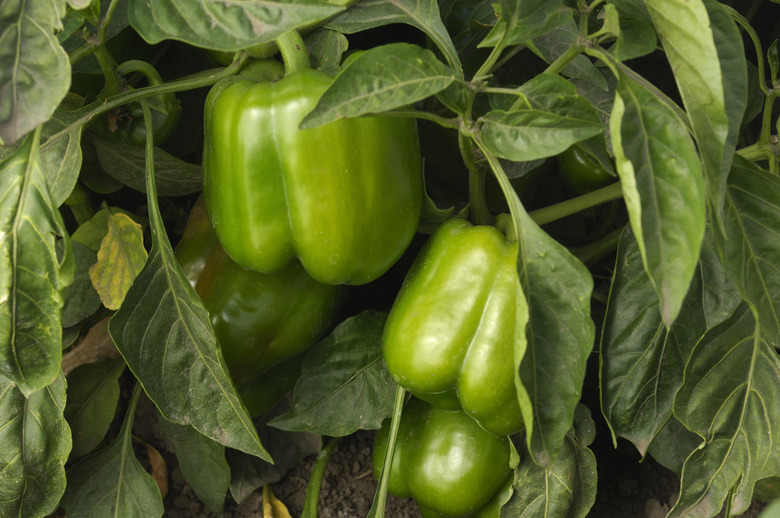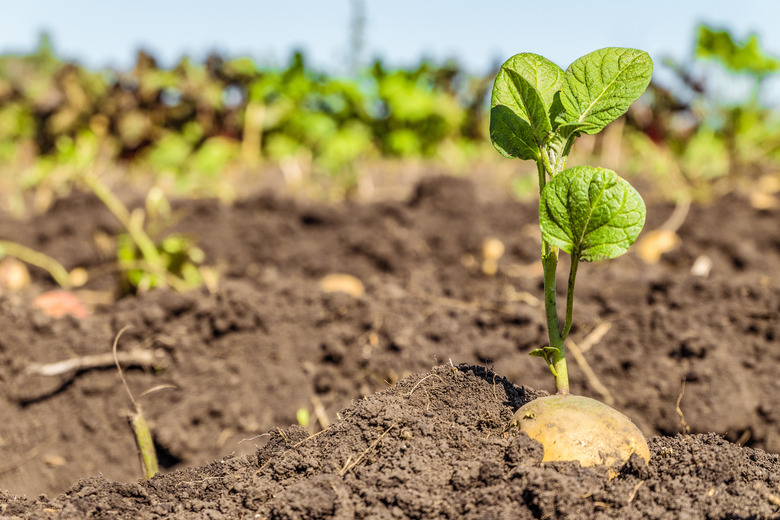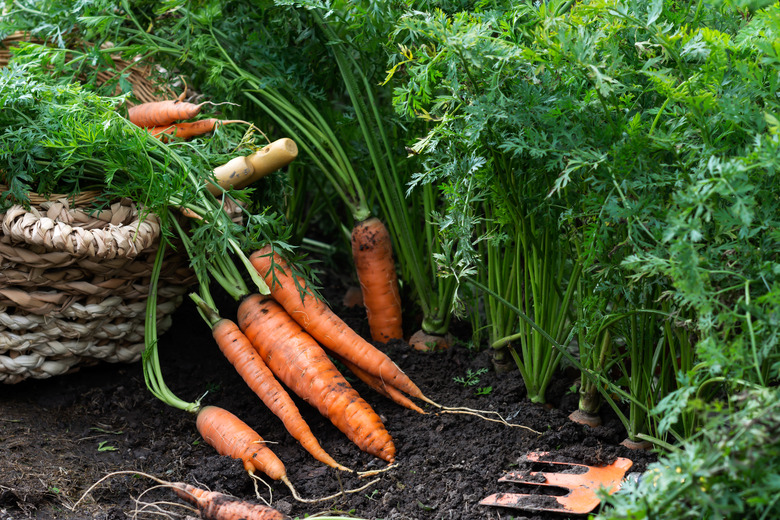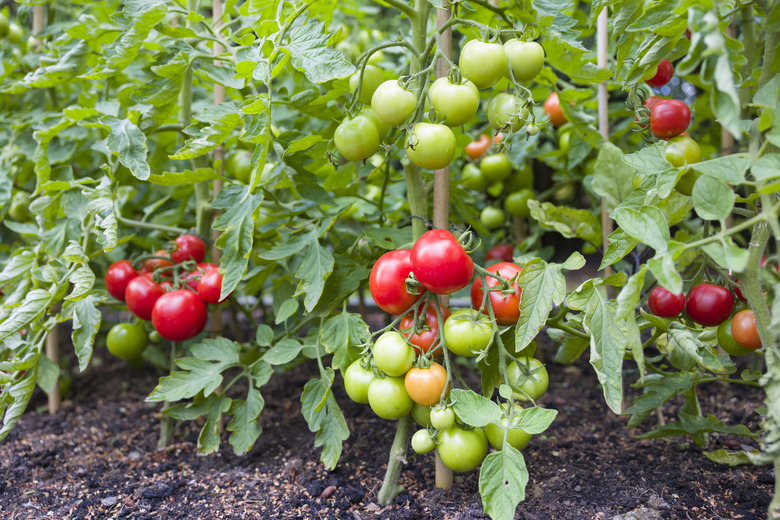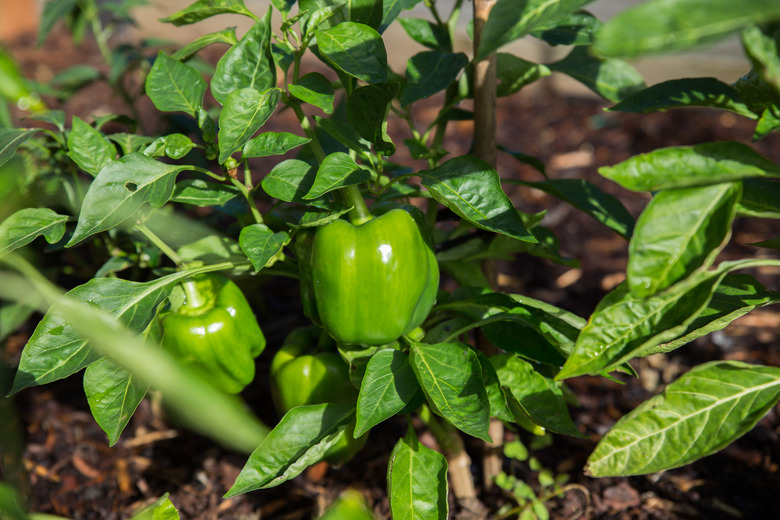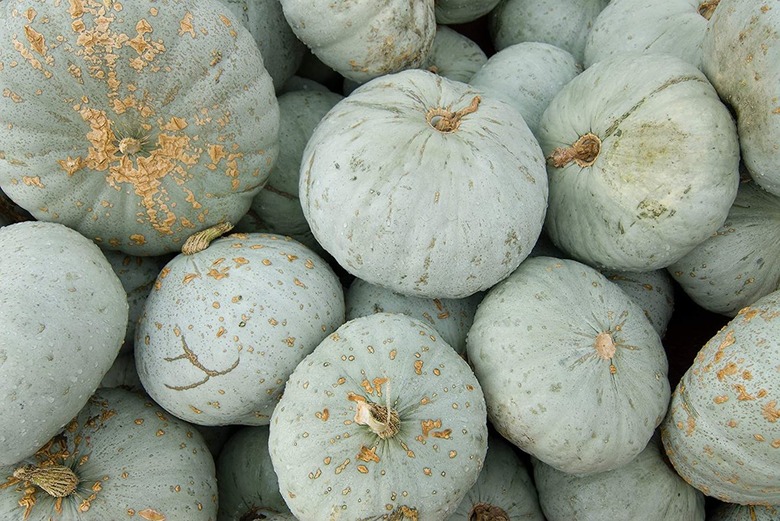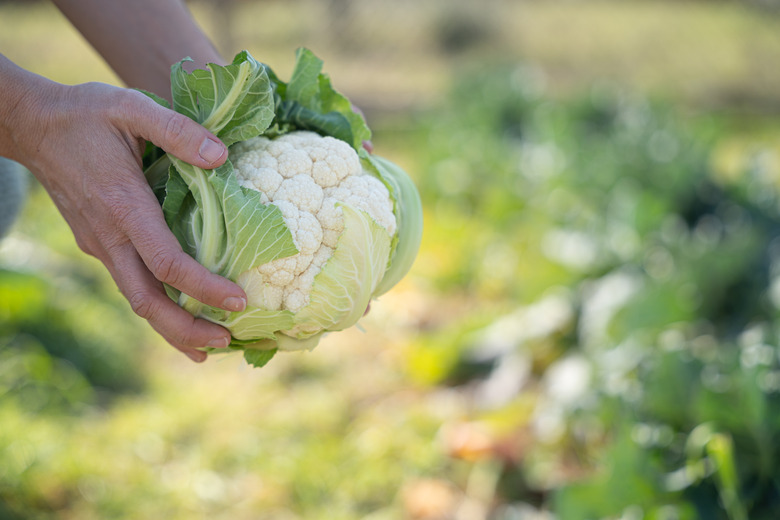6 Vegetables That Like Acidic Soil
We may receive a commission on purchases made from links.
Harvesting abundant vegetable crops from a home garden requires attention to soil pH level. The pH level is a measure of the acidity of the soil is. While 7 is the point of neutrality, under 7 is acidic and over 7 is alkaline.
Garden plants including most vegetables will grow well in a slightly acidic soil or neutral soil (between pH 6.5 and 7) but many prefer pH levels significantly lower. If you live in a region with very acidic soil, selecting vegetables carefully with their pH preferences in mind will bring you a better harvest.
1. Grow America's Beloved Potato
1. Grow America's Beloved Potato
Potatoes (Solanum tuberosum) are America's favorite vegetable, and as long as you don't use them exclusively to make fries, they are also healthy. Yes, they provide carbohydrates, but fat-free, cholesterol-free carbohydrates. And the potato skin itself is rich in vitamin C and potassium. So just how low in pH can potatoes go? They can thrive in pH as low as 4.8 or as high as 6.5. Plant these cool-season vegetables in a spot with full sun as soon as the soil can be worked in spring.
2. Plant Crunchy Carrots
2. Plant Crunchy Carrots
Carrots (Daucus carota subsp. sativus) need no introduction. They are sweet, crunchy, familiar, delicious raw or cooked, rich in vitamin A, and a staple in slaws. They do well in soils with a pH from 5.5 to 7.0. This cool-season crop should be planted early in spring so that it can mature before the heat of summer. Alternatively, put them in late in summer for a fall crop.
3. Install Bush or Vine Tomatoes
3. Install Bush or Vine Tomatoes
Tomatoes (Solanum lycopersicum) have got to come in near the top of the list when it comes to vegetables Americans like to eat. And everyone agrees that garden-grown tomatoes are much more delicious than those commercially produced. They are warm-season crops and accept a quite acidic to slightly alkaline pH, from 5.5 to 7.5. They like plenty of water; loamy, well-drained soil rich in organic matter, and must have sun to produce.
4. Grow Sweet Peppers
4. Grow Sweet Peppers
Sweet bell peppers (Capsicum annuum) are crunchy and delicious in summer salads, providing significant vitamin C and some vitamin A as well. These warm-season veggies can require up to 90 days from seeding to harvest, so consider buying starts if your summers are not lengthy. Plant them in the pH range of 5.5 to 7.0. Like most vegetables, peppers prefer a sunny site, well-drained soil and ample irrigation.
5. Plant Easy-to-Grow Squash
5. Plant Easy-to-Grow Squash
Hubbard squash (Cucurbita maxima) matures round like a pumpkin, generally in shades of yellow to red or blue. Although commonly called winter squash, it is actually a warm-season vegetable vine producing fruit-bearing flowers in the fall. It thrives in soils with a pH range of 5.5 to 7.0. The vine is aggressive, trailing through the garden plot or climbing up structures with its tendrils. Full sun and moist soil help you get a good crop.
6. Consider Healthy Cauliflower
6. Consider Healthy Cauliflower
Cauliflower (Brassica oleracea) is called a "superfood" because of the many health benefits that come with this cool-season crop in the Brassica family. It is easiest to grow as a fall crop, although an early spring planting is also possible. It thrives in a sunny location with well-drained soil that has a pH of between between 5.5 and 7.5.
